Douglas DC-6 DC-6A Hunting Clan Model
Production Time 8 to 10 weeks
Shipment is by FedEx, UPS or DHL International Express Courier with a normal door-to-door delivery time worldwide of within 2-3 business days after dispatch. Due to the current volatility of world fuel prices, the amount mentioned here is our best estimate for DHL and UPS and may be subject to change at the time of shipping.

Model Description: Douglas DC-6 DC-6A Hunting Clan
Manufacturer: Douglas
Product statistics
Length: 17 Inches (43.2 Centimeters)Wingspan: 15.3 Inches (38.9 Centimeters)
Height: 4.1 Inches (10.4 Centimeters)
Scale: 1:83
$219.50
Production Time 8 to 10 weeks
United States dollar ($)
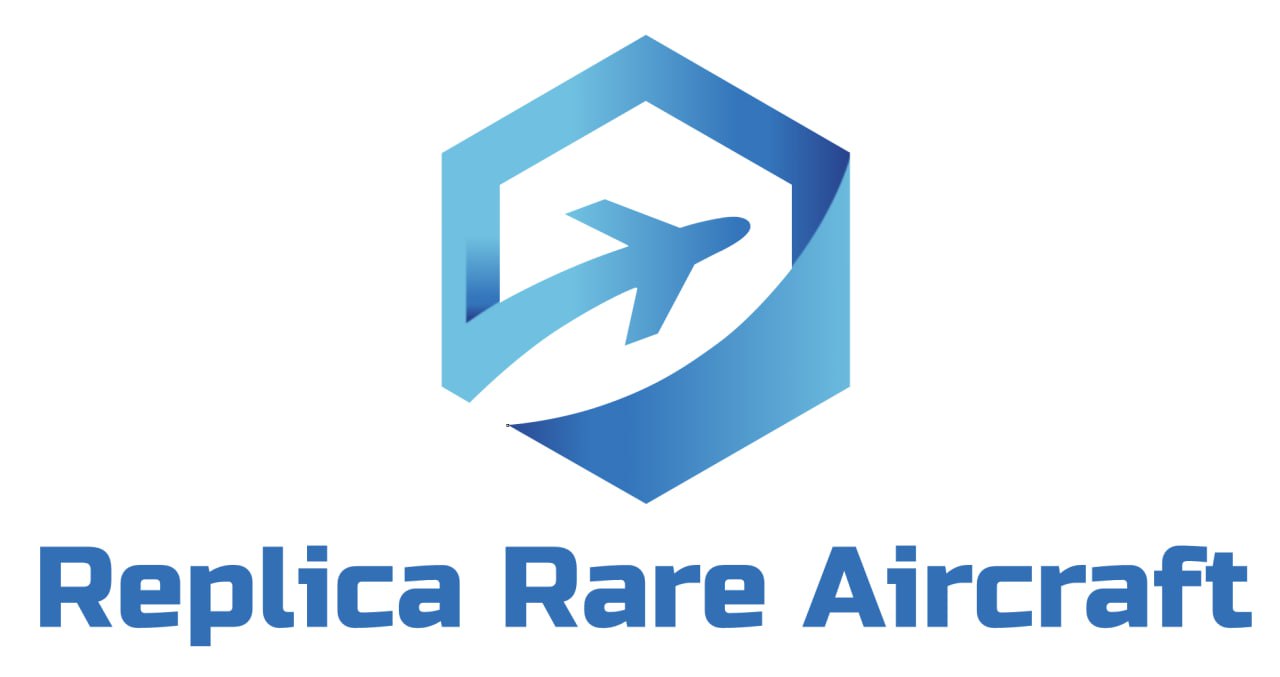
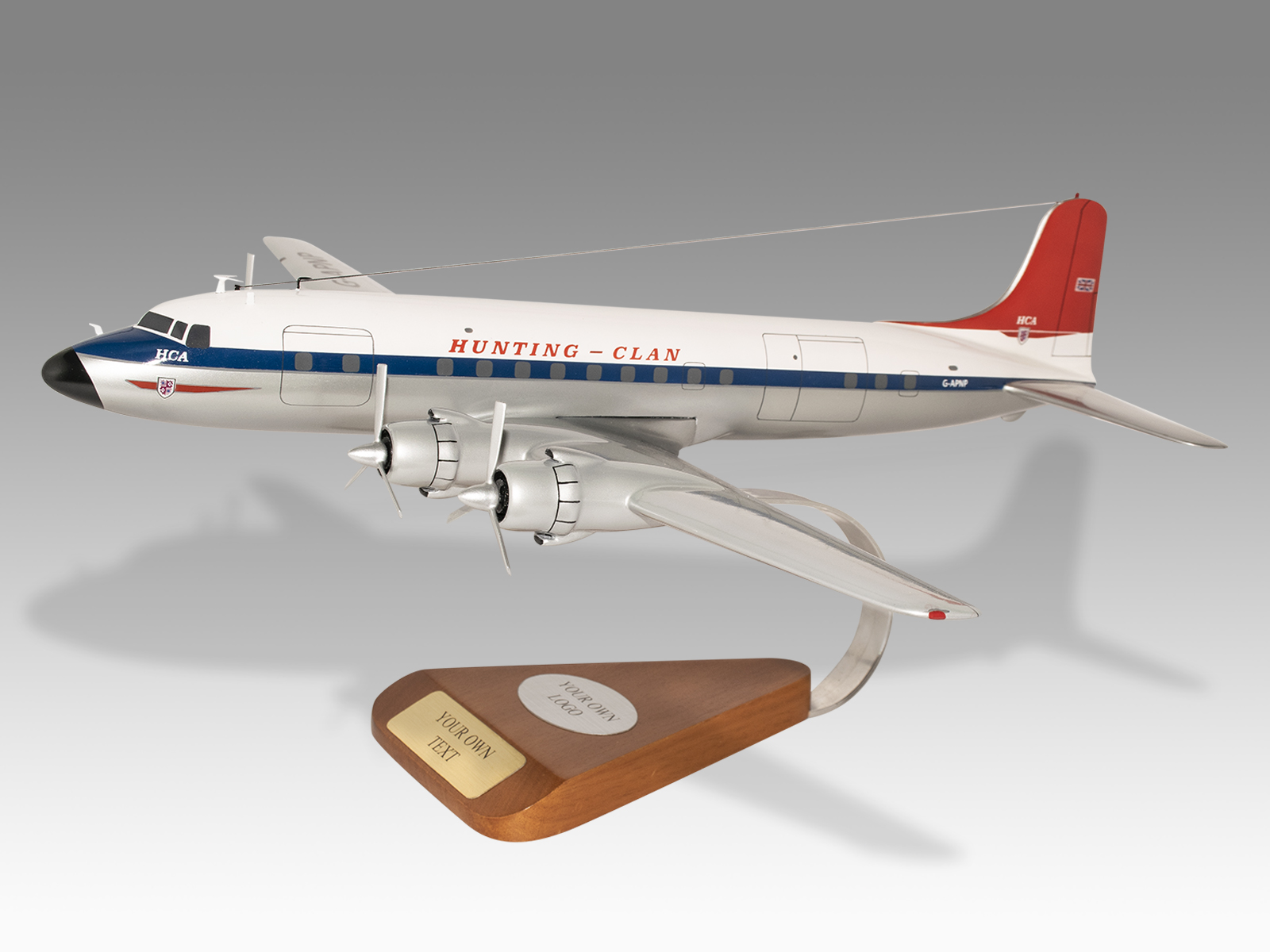

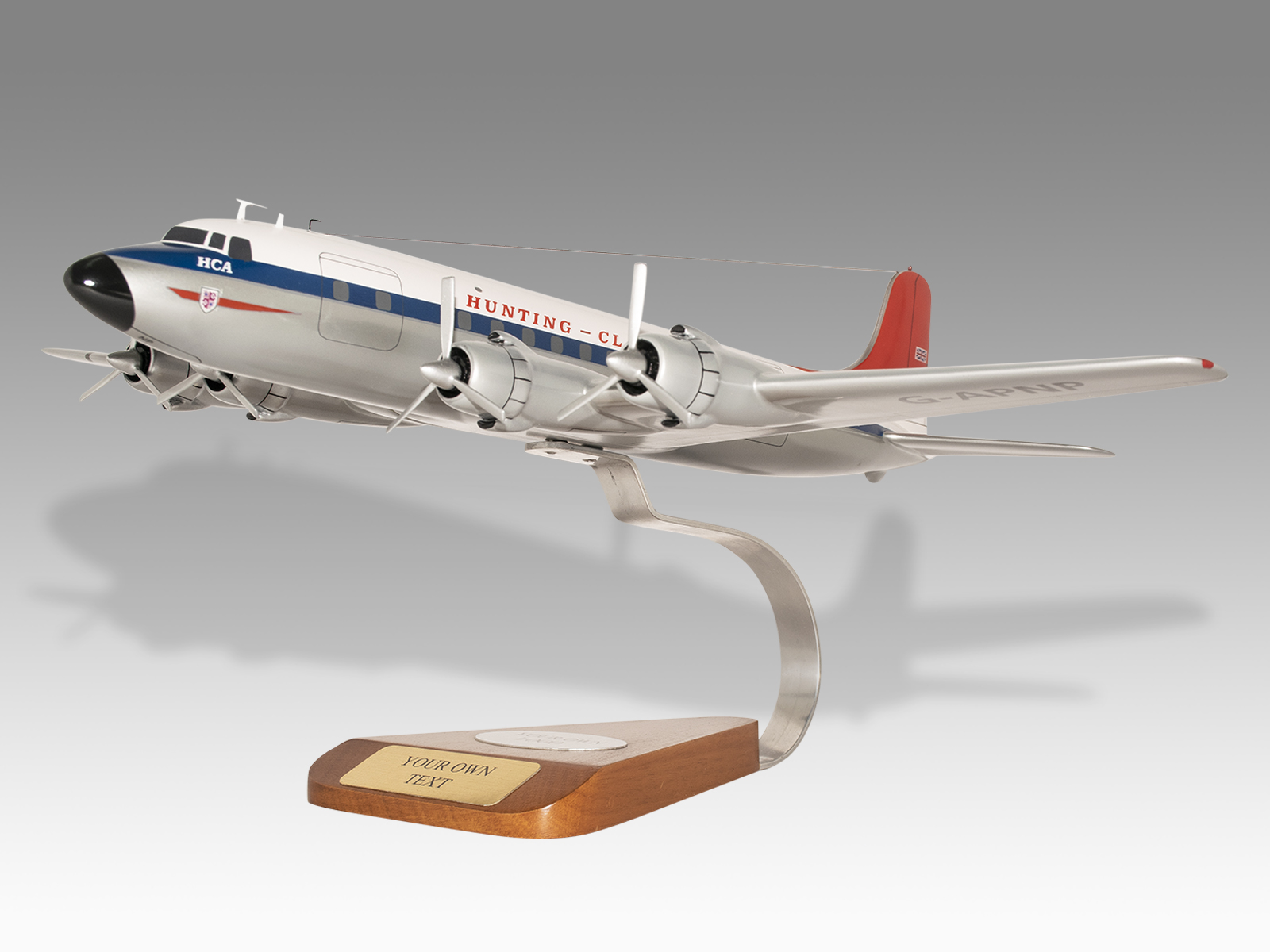
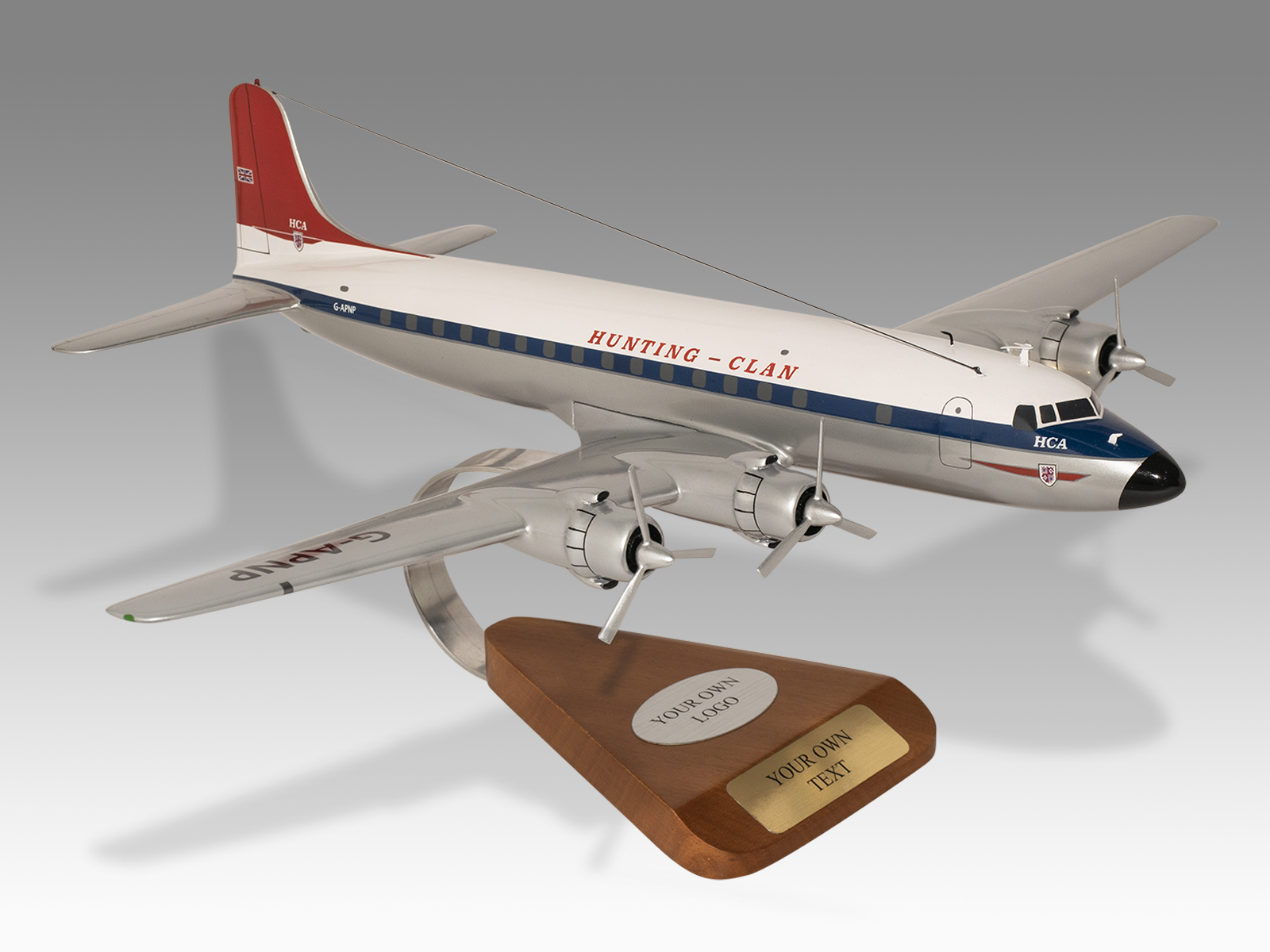
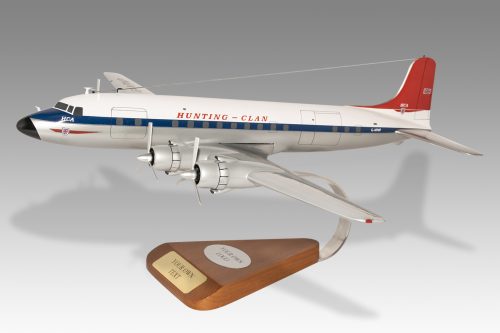
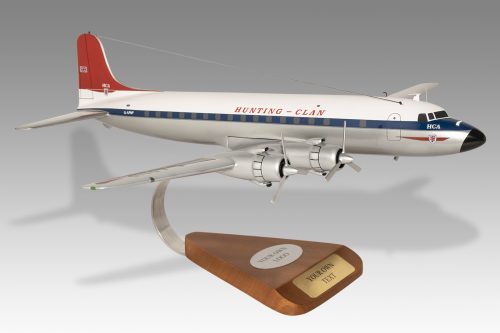
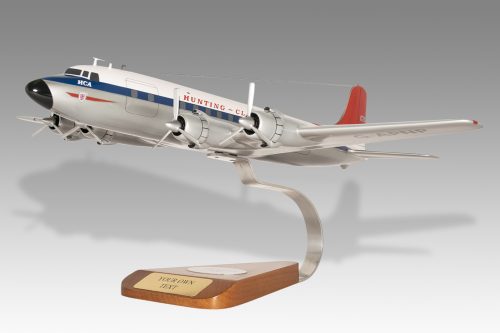
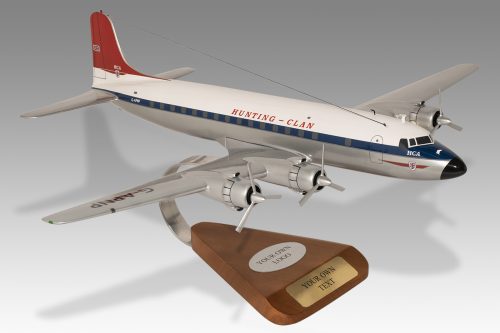
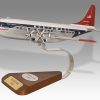
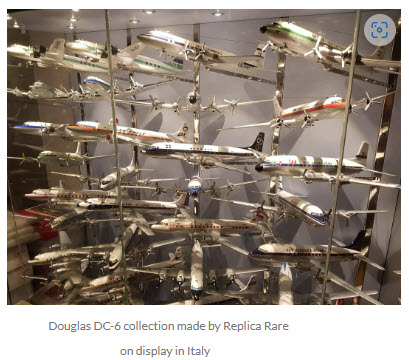

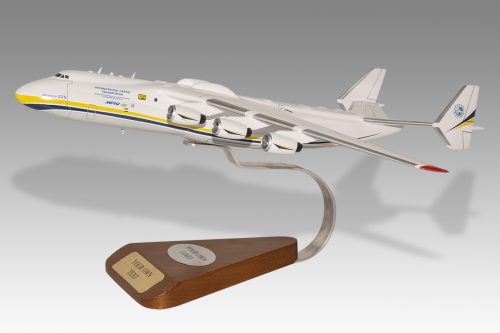
Reviews
There are no reviews yet.